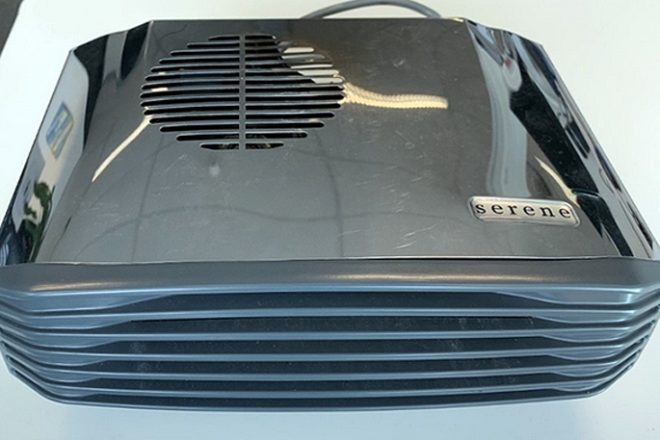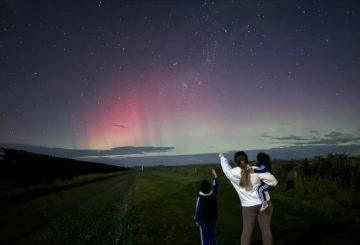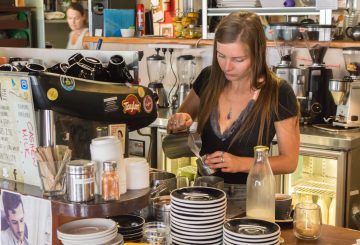新西兰商务和消费者事务部长安德鲁·贝利已向Serene Industries Ltd发布了强制性召回通知,要求该公司召回自2018年6月16日以来进口、销售或安装的所有Serene S2068 浴室加热器。
该行动是在其他供应商自愿召回这些加热器之后采取的。召回是在WorkSafe的一项调查发现加热器存在安全问题(包括过热风险)后启动的。
商业、创新和就业部(MBIE)已经联系了这些加热器的所有已知供应商。除Serene Industries Ltd外,所有公司都已开始自愿召回 S2068 加热器。该公司尚未发布自愿召回通知,也不再在新西兰运营。
当公司出售不安全商品且不开始自愿召回时,就会发布强制召回令。该命令旨在确保所有购买或出售其中一台加热器的人都知道召回情况。
三月份,部分系列 S2068 浴室取暖器被召回。此后,召回范围扩大到包括自2018年6月16日以来进口、销售或安装的所有 S2068 浴室加热器。
一些 S2069 和 S207T 型号还进一步自愿召回了这些车型,WorkSafe于4月禁止销售。
MBIE商业专家伊恩·卡普林解释说,新西兰的供应商和零售商有责任向消费者提供安全的产品。如果发现产品有缺陷,他们必须提供解决方案。
截至2024年5月10日,自2018年6月16日以来,已有19家新西兰供应商(不包括Serene Industries)被确定销售了 S2068 加热器。但是,可能还有更多供应商尚待确定。
所有 19 家供应商都自愿召回了总计约 35,000 台 S2068 的产品。
建议拥有 S2068 加热器的消费者停止使用,拔掉电源,然后联系购买它的公司。他们应首先联系购买 S2068 型号的企业,安排根据《消费者保障法》(CGA)退货,并进行安全更换或退款。
对于 S2069 和 S207T 加热器,能源安全部门已禁止销售,而不是禁止使用。但是,新西兰人仍然可以联系向他们出售加热器的零售商,讨论CGA下的备选方案。
有关自愿召回的更多信息和供应商的信息可以在产品安全网站上找到。






























































